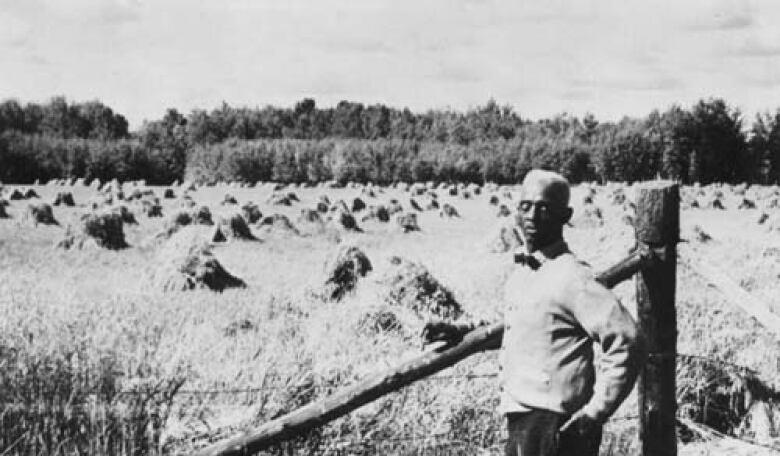'Secret Alberta': New documentary brings Amber Valley back to life
'I'm very, very grateful that they had the foresight to want a better life'

To her ancestors, it was the Promised Land.
To Myrna Wisdom, it was home.
Though few traces of Amber Valley still exist, the forgotten community about 170km north of Edmonton was once a thriving all-Blacksettlement ofhomesteaders.
Hundreds of African-Americans, fleeing escalating racial violence and the segregation of newly enacted Jim Crow laws, left the United States and settled in Alberta.
'They weren't prepared'
By the time Wisdom was a young girl, Amber Valley was bustling with an all-Black school, itsown post office and church, and a highly competitive baseball team.
"I don't know why people don't know about it," said Wisdom,who contributed to a new documentary calledSecret Alberta: The Former Life of Amber Valley, which aired for the first time last week. "We have been here for over 100 years."

Facing racial hostility, and some of the harshest conditions imaginable, the pioneers not only survived but thrived.
"My grandfather, he talked about it a lot," said Wisdom,who now acts as the community's historian. "They found it extremely difficult, because it was so darn cold and they weren't prepared.
"They did the best they could, considering that my grandfather came from the south. My dad came to Amber Valley as a child, and they carved out a living."
"They came and decided that this was a good place for them to come. The fact that it wasall bush didn't seem to dissuade them," said Wisdom.
"And one of the scouts, Parson Sneed, went back to Oklahoma to tell these people that he had found what he termed was the Promised Land. And I always thought, 'Lord, have Mercy, why the heck did they have to come so far?' "
'We were deemed unsuitable'

"We were deemed unsuitable for this environment and for this locale," said Edmonton musician JunettaJamerson, whose family settled in nearby Wildwood. "When they came, there wasvicious anti-Black racism, reaching up to some of the highest levels of influence in our province."
Life was harsh, especially during those first few winters. Food and money were sparse. Lured by promises of sun-swept prairies ripe for farming, they had unwittingly signed up for a bug-infested swamp.
'It was all muskeg, and bush and Black flies'
While a few settlers managed to find abandoned land claims that had already been cleared, most plots were thick with trees. They toiled long days cutting timber and hauling rocks from the thick bush.
Most had to wait two years or more before they couldharvest their first crops.
Mainly cut off from the outside world, the racial tensions of the day were overshadowed bythe challenges of pioneering life.
"They had to cut their own road through there, if you can imagine," said Wisdom. "It was all muskeg, and bush and Black flies, which caused some real problems for them.
"There were a lot of Ukrainians in that area, and they too had suffered some form of persecution. So they depended on each other, because you had to in those days."
Not much remains of Amber Valley. The few homes still standing have, for the most part, been reduced to listing skeletons of weathered clapboard.
When Wisdom looks at the rotting remnants of her old home, she can't help but feel grateful.

With files from Ariel Fournier












_(720p).jpg)


 OFFICIAL HD MUSIC VIDEO.jpg)
.jpg)



























































































